Continuing with my Decoded column’s question-and-answer format, this month’s question is a common one related to electrified hardware. If you have a code question you’d like to see answered in my column, you can submit it by visiting iDigHardware.com/decoded-qa.
This Decoded article was published in Door Security + Safety
.

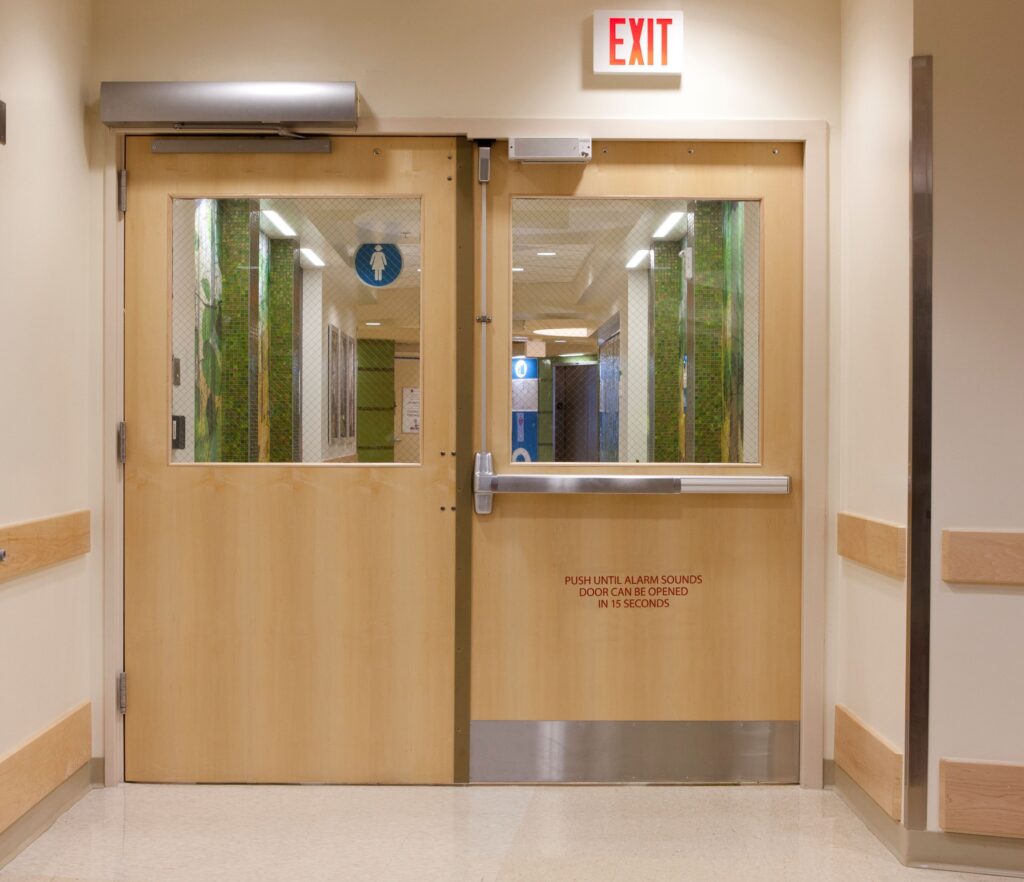
A delayed egress lock is considered a special locking arrangement, as egress is impacted by the electrified hardware under normal operation.
A lot of confusion surrounds the code requirements that apply to electrified hardware, but understanding one concept would help to clear up many of the misinterpretations.
Question: Is every opening with electrified hardware considered a “special locking arrangement”, subject to the code requirements addressing these systems?
The short answer is no – not all doors with electrified hardware are considered special locking arrangements. But what is the difference between electrified hardware that is a special locking arrangement and electrified hardware that is not?
Special Locking Arrangements
When a door is equipped with electrified hardware that may delay or prevent egress, it is typically considered a special locking arrangement. The model codes include sections specific to each of these systems, to help ensure that the life safety requirements are met. Because the egress methods for these systems differ from typical hardware (i.e. panic hardware or locksets) there are prescriptive mandates in the codes stating how this special hardware must function.
The sections in the 2021 model codes addressing special locking arrangements are as follows. The references below are from the International Building Code (IBC), International Fire Code (IFC) and NFPA 101 – Life Safety Code.
- Stairwell reentry applies to the hardware on the stair side of interior stairwell doors, which unlocks during a fire to allow building occupants to leave the stairwell and wait for assistance or find another exit. 2021 I-Codes – 1010.2.7, 2021 NFPA 101 – 7.2.1.5.7
- Door hardware release applies to electrified locks (typically electromagnetic locks) that are released for egress via a switch in the door-mounted hardware, such as panic hardware, a lever handle, or a sensor bar with a request-to-exit (RX) switch. 2021 I-Codes – 1010.2.11, 2021 NFPA 101 – 7.2.1.6.3
- Sensor release addresses electrified locks (typically electromagnetic locks) that are released for egress when a presence sensor detects a building occupant approaching the door. 2021 I-Codes – 1010.2.12, 2021 NFPA 101 – 7.2.1.6.2
- Delayed egress locks prevent a building occupant from exiting for 15 seconds under normal operation – or 30 seconds where approved by the authority having jurisdiction (AHJ). 2021 I-Codes – 1010.2.13, 2021 NFPA 101 – 7.2.1.6.1
- Controlled egress locks in health care facilities are allowed to prevent egress until emergency evacuation is needed, but clinical staff must be able to release the locks at any time. 2021 I-Codes – 1010.2.14, 2021 NFPA 101 – 18.2.2.2.5/19.2.2.2.5
- Elevator lobby doors may be electrically locked to prevent unauthorized access to a tenant space, depending on the adopted code. The I-Codes do not currently address the special locking arrangements for these doors, but a new section will be added in the 2024 editions. 2021 NFPA 101 – 7.2.1.6.4
The types of systems listed above are considered special locking arrangements, and the detailed requirements can be found in the adopted codes. Life safety mandates may include additional means of releasing the locks for egress, for example, auxiliary push button release, remote release, or immediate egress upon fire alarm / sprinkler system actuation or power failure. Additional requirements such as signage, emergency lighting, and UL listings may also apply. Previous Decoded articles explain each type of system and what is required by code in order to balance life safety and security.
Access Control / Free Egress
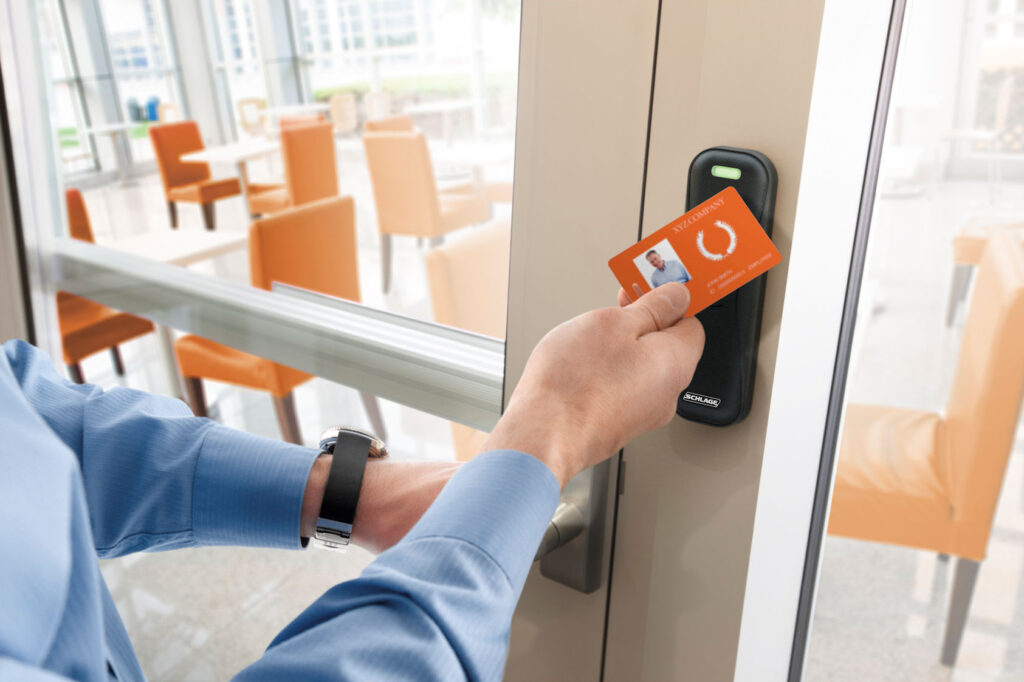
Electrified hardware that controls access but does not affect egress is not considered a special locking arrangement.
Unlike the special locking arrangements, the most common application for electrified hardware controls access but does not affect egress in any way. For these openings, the door hardware allows immediate egress regardless of the status of the access control system. These systems have been unofficially called “normal locking arrangements” because for egress purposes they function like normal doors.
To date, the model codes have not included a specific code section for the type of electrified hardware that controls access but allows free egress. This hardware must comply with the same code requirements that apply to mechanical hardware:
- The door must unlatch with one releasing motion for egress (with some exceptions).
- Egress must require no key, tool, special knowledge or effort.
- Operation of the door hardware must require no tight grasping, pinching, or twisting of the wrist.
- Operable force for the hardware must be within the limits of the applicable code or standard.
- Releasing hardware must be mounted between 34-48 inches above the floor (with some exceptions).
The lack of a model code section specific to this type of electrified hardware has caused confusion regarding which requirements to apply to these normal locking arrangements. However, a change has been approved for the 2024 edition of the I-Codes that will help to clarify the intent of the codes (Annex A of NFPA 101-2024 has also been modified).
The I-Codes currently include a section addressing doors with electrified hardware that monitors or records when the door is used for egress. Beginning with the 2024 editions of the IBC and IFC, this section will also apply to doors with access control systems:
Monitored or recorded egress, and access control systems. Where electrical systems that monitor or record egress activity are incorporated, or where the door has an access control system, the locking system on the egress side of the door shall comply with Section 1010.2.11, 1010.2.12, 1010.2.13, 1010.2.14 or 1010.2.15 or shall be readily openable from the egress side without the use of a key or special knowledge or effort.
This section states that when a door is equipped with one of these types of systems, the electrified hardware can either comply with one of the sections addressing special locking arrangements OR the door must be readily openable from the egress side without the use of a key or special knowledge or effort. There will now be a section addressing doors with electrified hardware that controls access but does not affect egress, and this section makes it clear that when a system allows free egress, it is not considered a special locking arrangement.
You need to login or register to bookmark/favorite this content.

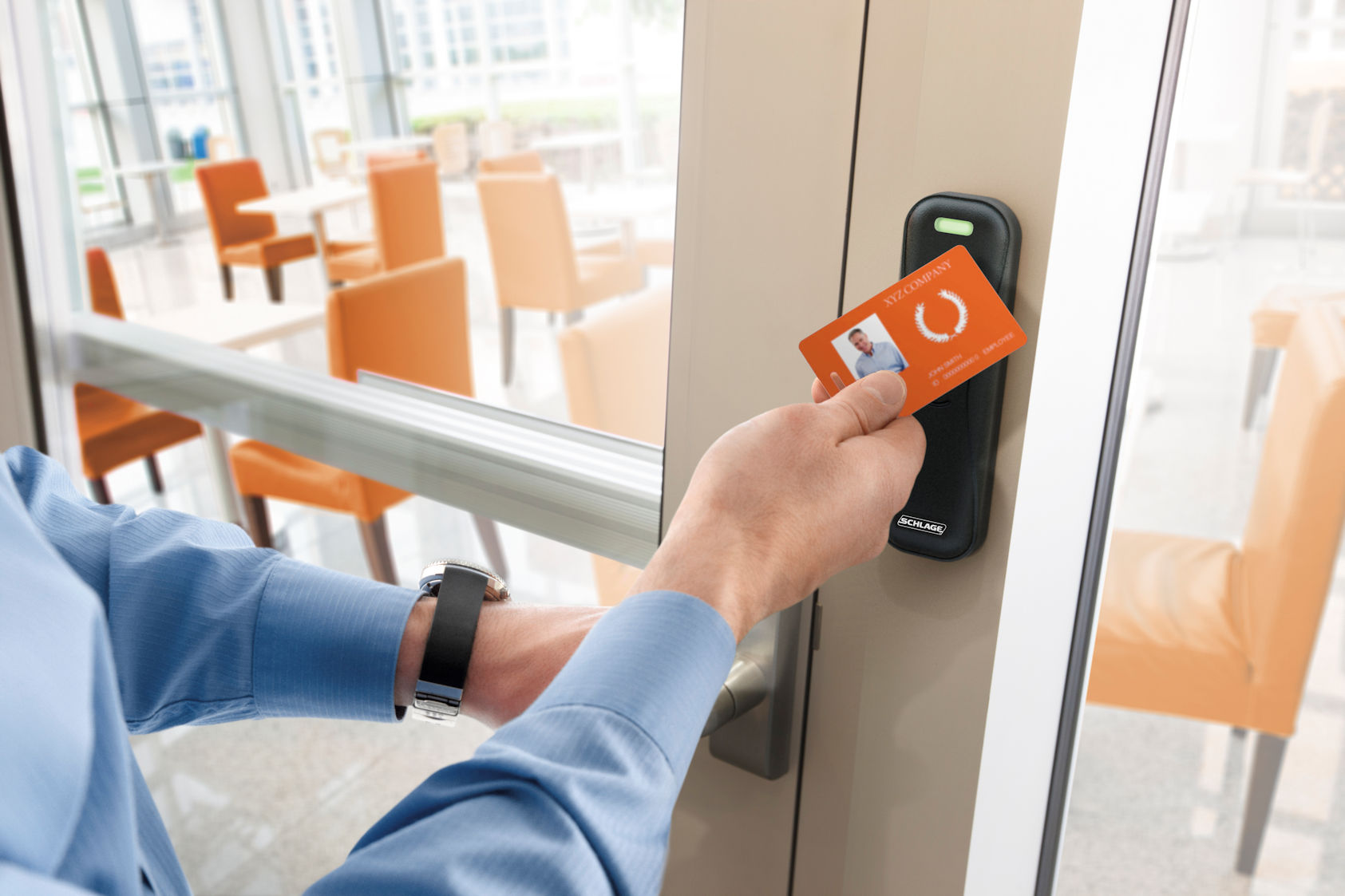

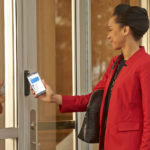
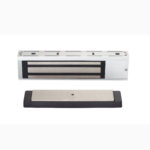

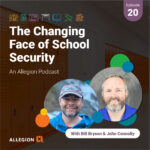
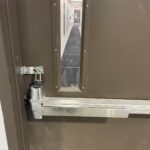
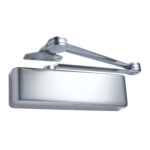

Leave A Comment